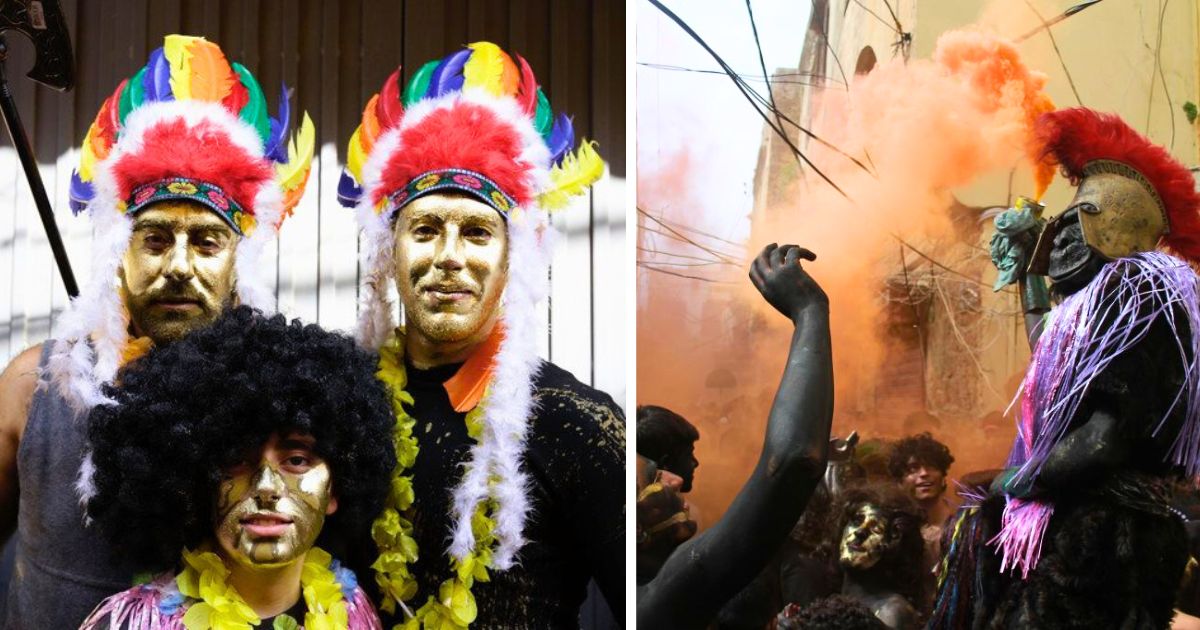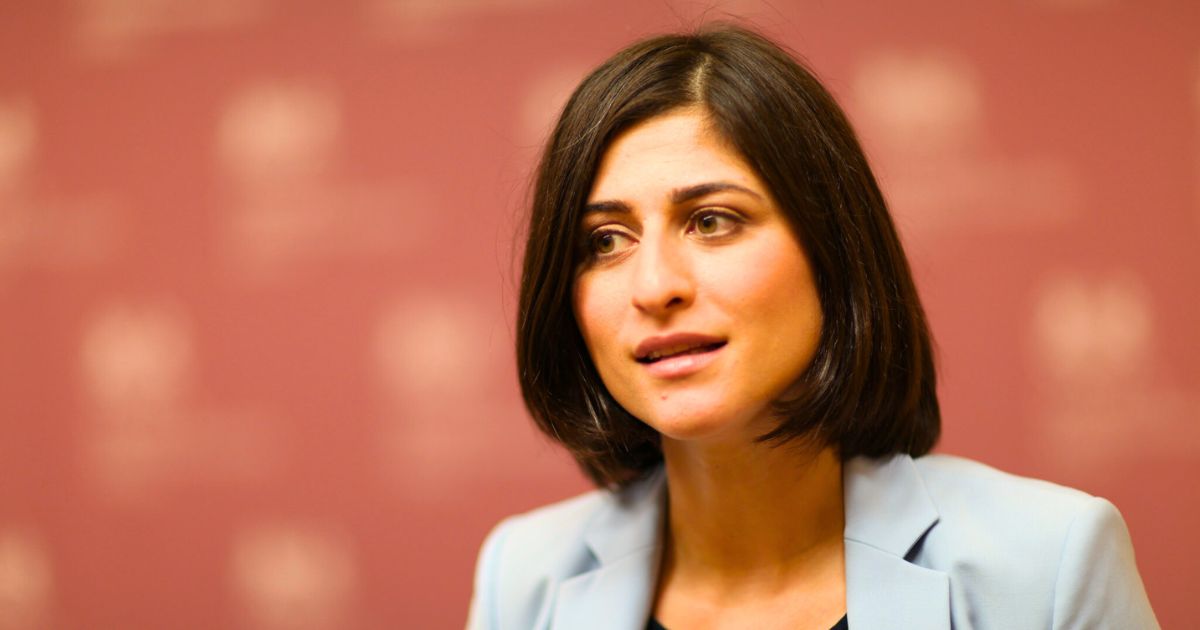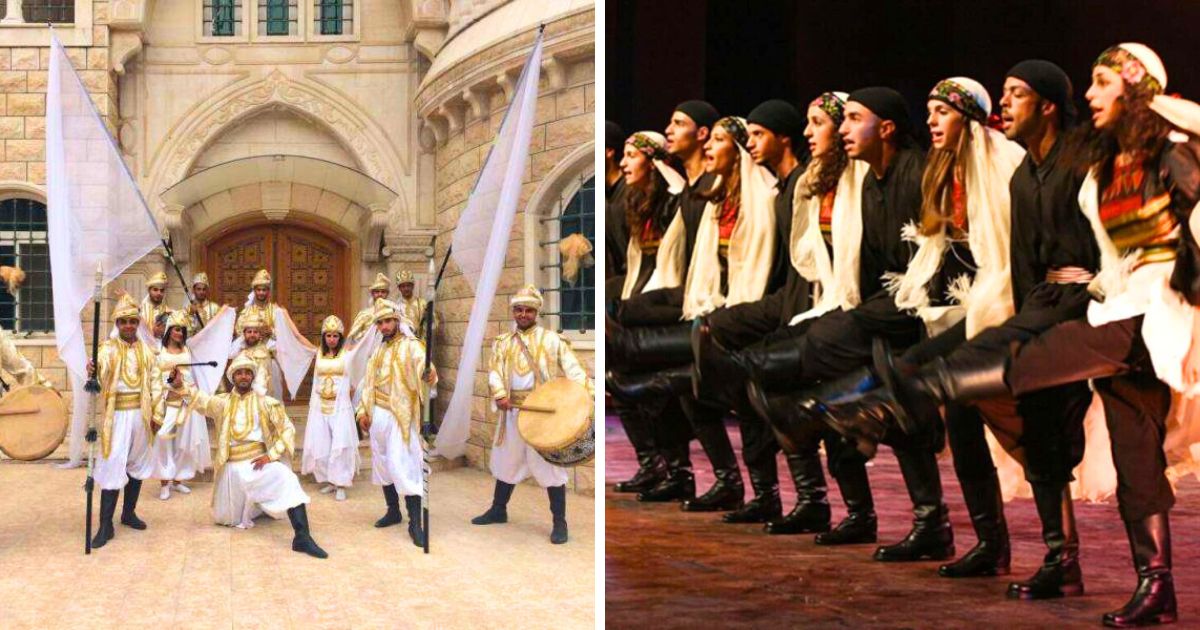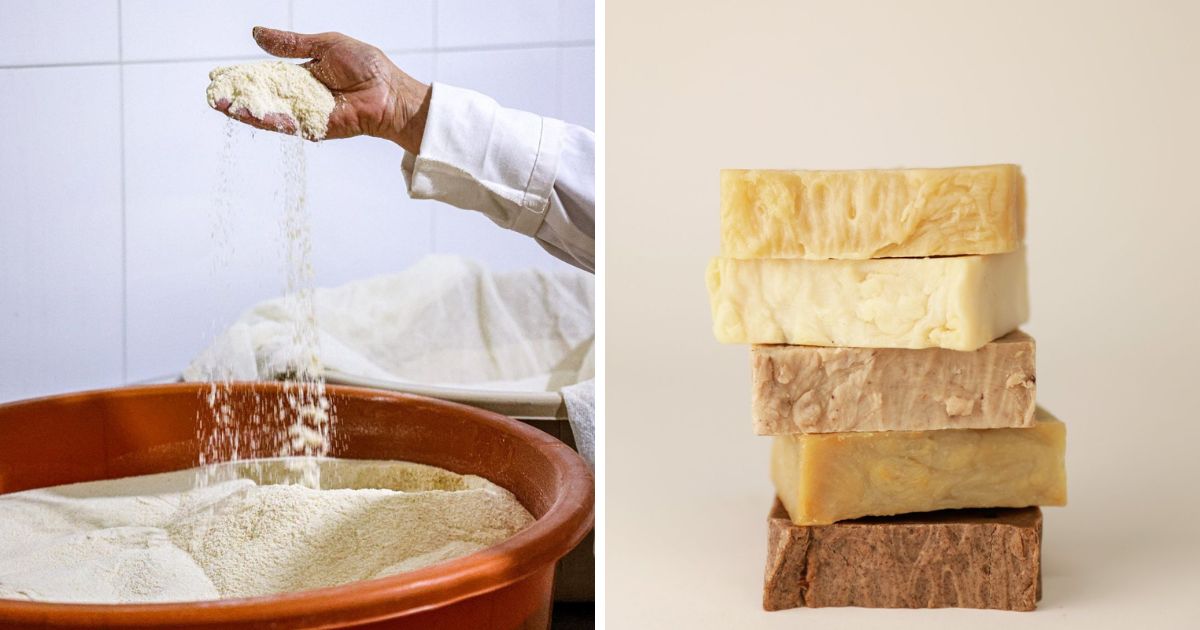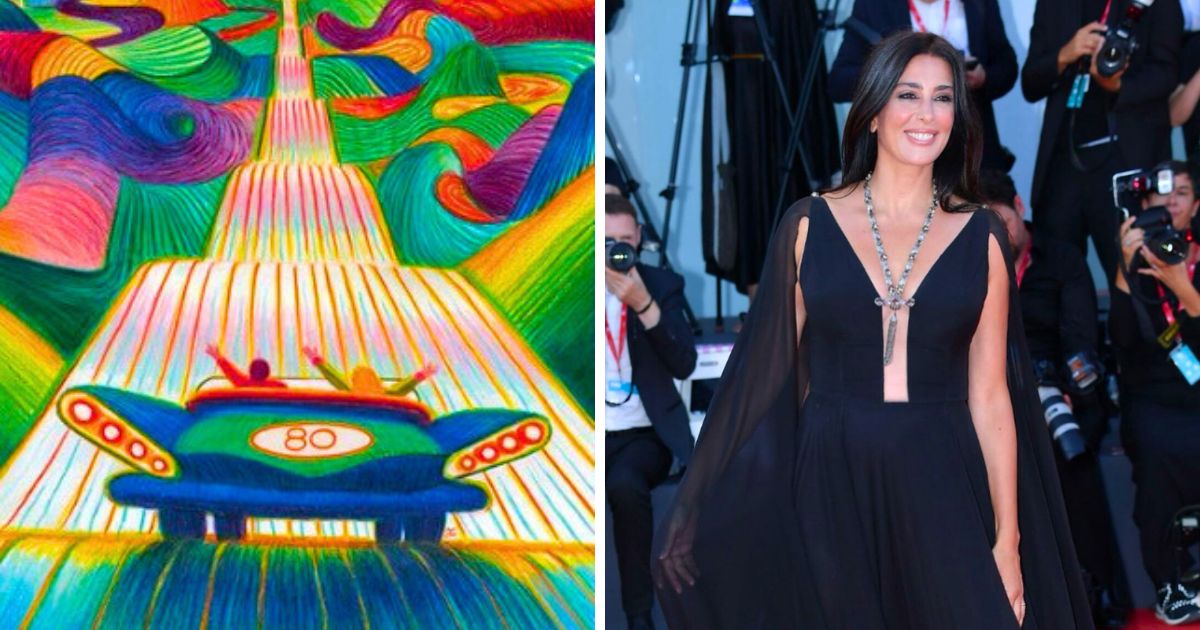Gibran Khalil Gibran is Lebanon’s most prominent writer, poet, philosopher, and painter. His words and paintings dazzle the world! The Lebanese people consider him a national symbol.
Gibran was born in 1883 in Bcharre to a humble family. Due to financial difficulties, Gibran did not receive a formal education while he was in Lebanon. However, priests would visit him often to teach him the Bible and the Arabic language.
Gibran in the United States
After the family’s property was seized due to his father’s gambling problem, Gibran’s mother Kamileh decided to take her kids and follow her brother to the United States.
They settled in Boston where Kamileh worked as a traveling saleswoman. She sold lace and linens that she carried from door to door.
Gibran started school in September 1895 and was registered in a special class for immigrants to learn English from scratch.
He also enrolled in an art school at Denison House where he met the artist, photographer, and publisher Fred Holland Day.
The latter kept on encouraging Gibran to improve his drawings and sketches, and got Gibran’s images printed as cover designs for books in 1898.
Gibran returned to Lebanon
Kamileh wanted Gibran to be inspired from the Lebanese heritage rather than the Western culture he was attracted to. So, the family moved back to Lebanon when Gibran was 15 years old.
He enrolled in Sagesse High School in Ashrafieh where he started a student literary magazine.
In 15 months’ time, Gibran lost his mother to cancer and his sister and half-brother to tuberculosis.
The Prophet: Gibran’s masterpiece
The Prophet is one of Gibran Khalil Gibran’s most renowned masterpieces. It follows Almustafa, a prophet in the city of Orphalese, who is about to return home. He stopped by a group of people and told them about life.
The book contains 26 short poems about subjects such as freedom and religion. The Prophet was initially written in English and was translated into more than forty languages.
In 2014, the American-Mexican actress of Lebanese descent Salma Hayek co-produced “Khalil Gibran’s The Prophet” which was an international success.
This is the list of his most famous literary works in Arabic!
- Ara’is Al Muruj (Nymphs of the Valley)
- Al Arwah Al Mutamarrida (Rebellious Spirits)
- Al Ajniha Al Mutakassira (Broken Wings)
- Dam’a wa Ibtisama (A Tear and A Smile)
- Al Mawakib (The Processions)
Gibran’s death
Gibran died in New York City in 1931 at the age of 48. The causes were cirrhosis of the liver and tuberculosis due to alcoholism. He expressed the wish to be buried in Lebanon.
This wish was fulfilled in 1932 when Mary Haskell and his sister Mariana purchased the Mar Sarkis Monastery in Lebanon, which has since become the Gibran Museum.
Gibran Khalil Gibran Museum
Located in Bcharreh, the Gibran Khalil Gibran Museum is home to the late author’s furniture, personal belongings, private library, manuscripts, and 440 original paintings.
The museum is open every day (except for Monday) from 10:00 AM to 5:00 PM.
Promenade of Gibran Khalil Gibran Inaugurated in France!
Last year, the “Promenade Gibran Khalil Gibran” inaugurated on the 26 Quai André Citroën in Paris with the presence of the First Lady of Lebanon Mrs. Nadia Aoun, the Mayor of Paris Mrs. Anne Hidalgo, and the Mayor of the 15th arrondissement of Paris Mr. Philippe Goujon.
This promenade honors Gibran Khalil Gibran, the Lebanese Diaspora in France as well as the Lebanese culture.



